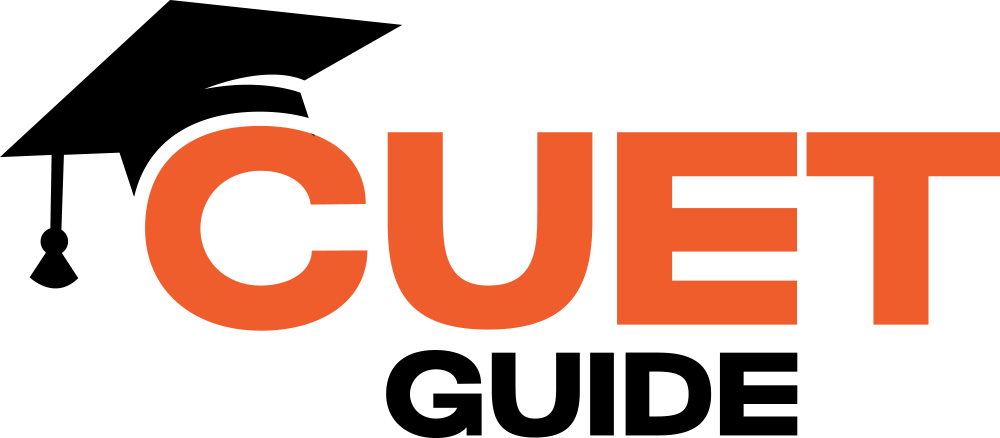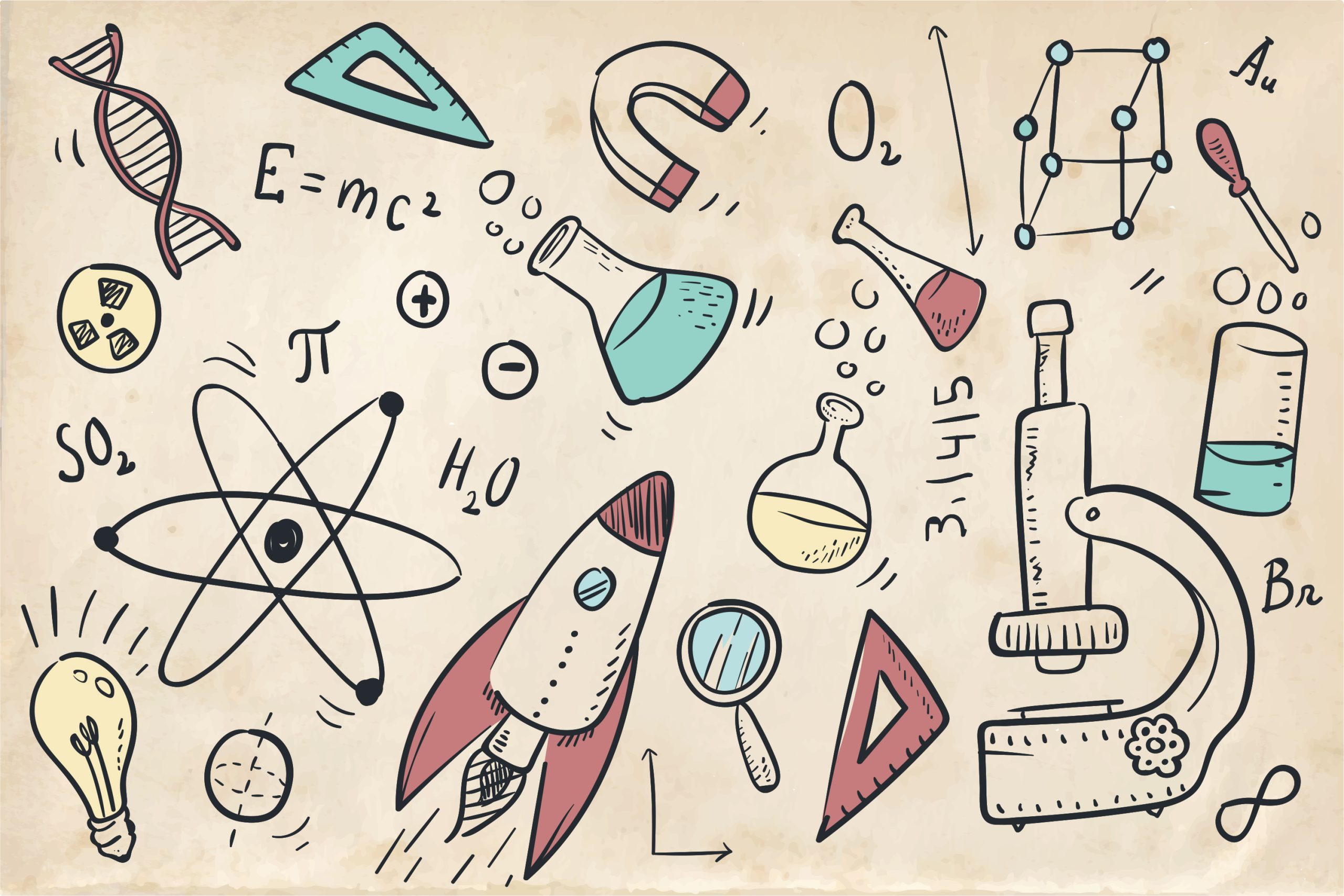The CUET UG 2025 Physics syllabus is designed to evaluate students’ understanding of fundamental physics concepts, analytical skills, and problem-solving abilities. This article provides a complete breakdown of each unit with examples, learning objectives, and insights.
Unit I: Electrostatics
Overview:
This unit explores electric charges, fields, and potential. Key topics include Coulomb’s law, electric dipoles, and Gauss’s theorem.
Key Topics & Learning Objectives:
- Coulomb’s Law: Understand the forces between point charges and principles of superposition.
- Electric Field and Potential: Analyze fields due to point charges and dipoles, with applications of Gauss’s law.
- Capacitance: Learn configurations in series/parallel and energy storage in capacitors.
Unit II: Current Electricity
Overview:
Focuses on electric currents, resistance, and potential. Important for understanding circuit dynamics and electrical measurements.
Key Topics & Learning Objectives:
- Ohm’s Law and V-I Characteristics: Investigate resistors, their combinations, and effects of temperature on resistance.
- Kirchhoff’s Laws: Application in complex circuits, including Wheatstone and Metre bridges.
- Potentiometers: Measure EMF differences and understand internal resistance.
Unit III: Magnetic Effects of Current and Magnetism
Overview:
Covers magnetic fields generated by currents, electromagnetic forces, and properties of materials in a magnetic field.
Key Topics & Learning Objectives:
- Biot-Savart Law: Calculate magnetic fields in current-carrying conductors.
- Ampere’s Law: Applications in solenoids and other configurations.
- Earth’s Magnetic Field: Understanding para-, dia-, and ferromagnetic materials.
Unit IV: Electromagnetic Induction and Alternating Currents
Overview:
Essential for understanding induced EMF, magnetic flux, and the generation of AC currents.
Key Topics & Learning Objectives:
- Faraday’s and Lenz’s Laws: Explore principles of induction and applications such as transformers.
- Alternating Currents: Study peak/RMS values, LC oscillations, and the concept of resonance.
- AC Power and Circuits: Analyze power factors and applications in household circuits.
Unit V: Electromagnetic Waves
Overview:
An introduction to wave properties, propagation, and the electromagnetic spectrum.
Key Topics & Learning Objectives:
- Maxwell’s Equations: Understand the need for displacement currents.
- Electromagnetic Spectrum: Familiarize with different wavelengths and practical applications (radio, microwaves, etc.).
Unit VI: Optics
Overview:
This unit encompasses the behavior of light, reflection, refraction, and applications in optical instruments.
Key Topics & Learning Objectives:
- Geometric Optics: Refraction, lenses, and prism applications.
- Wave Optics: Interference, diffraction, and polarization.
- Optical Instruments: Working principles of microscopes, telescopes, and corrective lenses.
Unit VII: Dual Nature of Matter and Radiation
Overview:
Examines the wave-particle duality, critical for understanding quantum mechanics fundamentals.
Key Topics & Learning Objectives:
- Photoelectric Effect: Discuss Einstein’s explanation and experimental observations.
- de Broglie Hypothesis: Introduce the concept of matter waves and the Davisson-Germer experiment.
Unit VIII: Atoms and Nuclei
Overview:
Insight into atomic structure, nuclear physics, and energy relations.
Key Topics & Learning Objectives:
- Atomic Models: Rutherford’s and Bohr’s models for atomic structure.
- Radioactivity: Study decay processes, half-life, and concepts of fission and fusion.
- Mass-Energy Relation: Binding energy and its implications for nuclear stability.
Unit IX: Electronic Devices
Overview:
Fundamental concepts of semiconductors and electronic circuits relevant to modern electronics.
Key Topics & Learning Objectives:
- Semiconductor Theory: Understand conduction, band theory, and types of diodes.
- Transistor Applications: Amplifiers, logic gates, and transistor configurations.
- Logic Gates: Study basic digital operations with AND, OR, NOT gates.
Unit X: Communication Systems
Overview:
Basic concepts in communication technology, signal modulation, and wave propagation.
Key Topics & Learning Objectives:
- Modulation Techniques: Amplitude modulation and its necessity in communication systems.
- Signal Transmission: Explore different transmission media and the use of bandwidth.
The CUET UG 2025 Physics syllabus provides a solid foundation in both classical and modern physics, essential for problem-solving and analytical reasoning. By mastering these topics, students can develop the skills needed for higher education and future careers in science and engineering.

